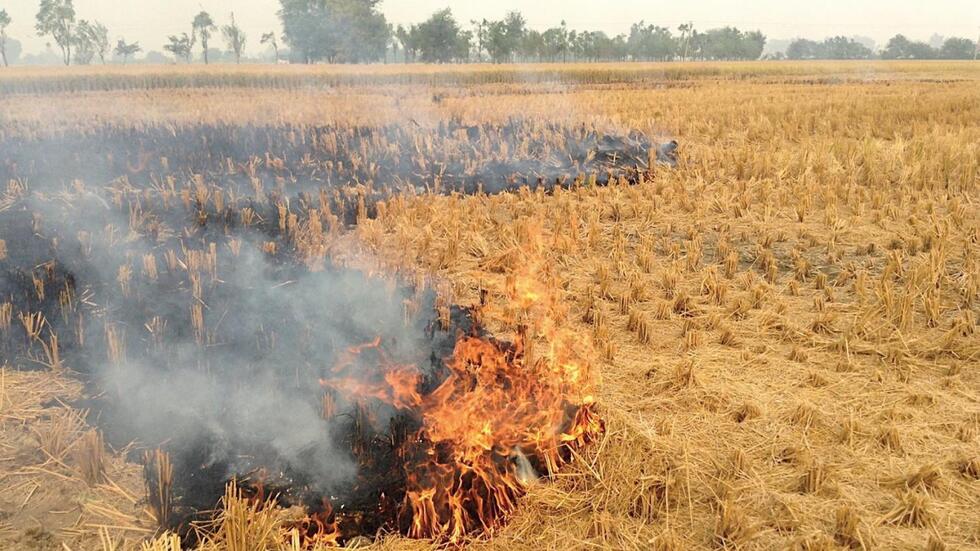Dense measurement network revealed high level of PM2.5 in Punjab due to crop residue burning and its transport to Haryana and Delhi NCR
2023-10-06

A group of international collaborators led by the Research Institute for Humanity and Nature (RIHN) team performed the first quantitative study of air pollution in the north-western India region using 29 low-cost and reliable instruments developed by the Joint research between Panasonic corporation and Nagoya University, demonstrating the advantages of source region observations to link crop residue burning (CRB) and air pollution at local to regional scales.
Article information
Title:Very high particulate pollution over northwest India captured by a high-density in situ sensor network
Journal: Scientific Reports
Authors:Tanbir Singh, Yutaka Matsumi, Tomoki Nakayama, Sachiko Hayashida, Prabir K. Patra, Natsuko Yasutomi, Mizuo Kajino, Kazuyo Yamaji, Pradeep Khatri, Masayuki Takigawa, Hikaru Araki, Yuki Kurogi, Makoto Kuji, Kanako Muramatsu, Ryoichi Imasu, Anamika Ananda, Ardhi A. Arbain, Ravindra Khaiwal, Sanjeev Bhardwaj, Sahil Kumar, Sahil Mor, Surendra K. Dhaka, A. P. Dimri, Aka Sharma, Narendra Singh, Manpreet S. Bhatti, Rekha Yadav, Kamal Vatta, Suman Mor
Article Publication Date: Aug 14, 2023
URL: https://www.nature.com/articles/s41598-023-39471-1
Press release by Nagoya University
https://www.nagoya-u.ac.jp/researchinfo/result-en/2023/10/20231005-01.html


